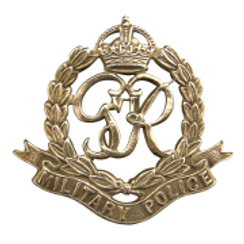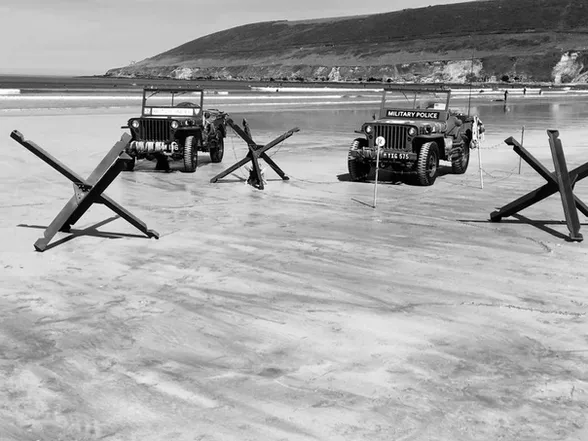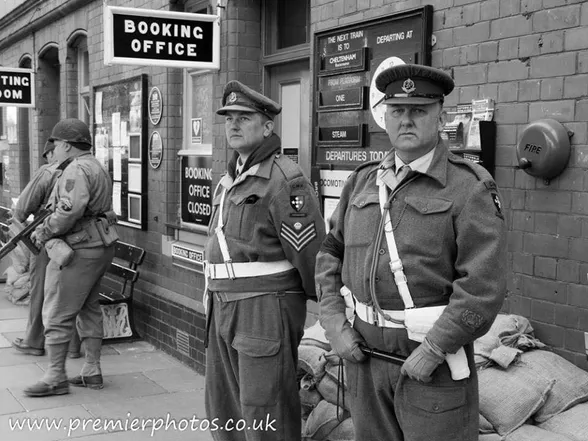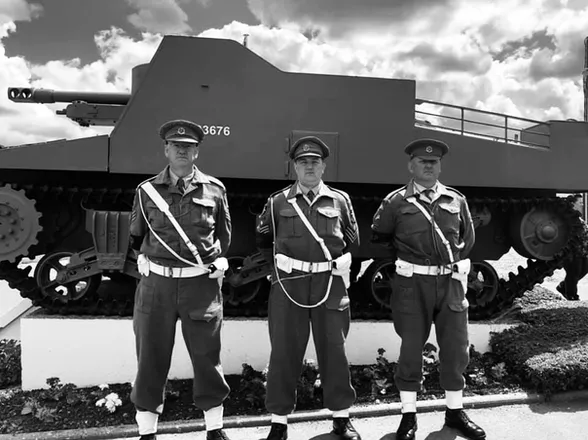History

The History of the Military Police
The existence of a provost or policing service within the British Army is almost as old as the British Army itself,
although the Corps of Military Police was formed only in 1926.
The Provost Marshal is a post which goes back to the 13th century and was originally an under-officer of the Earl Marshal
In 1661, there was a Provost Service, although it only operated in wartime and in 1685 the role of Provost Marshal General became a permanent post although the first record of the appointment of a Provost Marshal was in 1511, when Henry Guylford assumed that role.
A Staff Corps of Cavalry was formed on the 21 April 1810 during the Peninsula War, in order to control raping and pillaging by troops. It was disbanded on the 25 September 1814, only to be reformed on the 10 August 1815. It was disbanded again on the 24 December 1817.
On the 21 August 1854, the Mounted Staff Corps was raised in Ireland for service in the Crimea for the duration of that war.
On the 13 June 1855, the Military Mounted Police was formed at Aldershot with twenty-one non-commissioned officers drawn from the 2 Dragoon Guards, 3 Light Dragoons, 15 Hussars and 17 Lancers. The Mounted Staff Corps disbanded on the 6 October 1855, but the Military Mounted Police continued in existence.
The Military Mounted Police gradually grew in size, to be recognised on the 1 August 1877 by becoming the Corps of Military Mounted Police. A Corps of Military Foot Police was formed in 1885 from a nucleus of foot police formed in Egypt.
This situation with a separate mounted and foot police persisted throughout the First World War. During the First World War the Military Police grew from 508 all ranks to over 25,000 all ranks by the end of the War. During the Battle of Neuve Chapelle in March 1915 the Military Police served the Army as a whole, rather than individual units and on the 27 February 1926 the Corps of Military Police was formed by merging the Military Mounted Police and the Military Foot Police. During the Second World War the Military Police grew from 4,121 all ranks to over 50,000 all ranks within six major branches of specialists. (visit the Roles page for more information)
The Headquarters and Record Office for the new corps was established at Mytchett Hutments, Ash Vale, Aldershot. A school of instruction was also located at Mytchett Hutments under command of a captain.
Pre-war, there were four divisional provost companies, namely:
No. 1 Company – Palestine;
No. 2 Company – Aldershot;
No. 3 Company – Bulford;
No. 4 Company – London.
There were additional companies based at: Catterick in Northern Command; Cairo, Abbassia, and Moascar in Egypt; Hong Kong and Singapore. Sections or detachments were based at: Bordon, Deepcut, Colchester, Shorncliffe, Dover, Chatham, Woolwich, Belfast, Edinburgh, Tidworth, Larkhill, Devonport, Portsmouth, all in the United Kingdom.
Overseas, there were detachments based at Shanghai, Alexandria, Gibraltar and Malta.
All the officers in the corps were seconded from other regiments and corps, usually for a two-year long posting, however, many decided to extend their service with the Corps of Military Police beyond the initial two years. It was not until 1953 that officers were directly recruited into the corps.
The head of the corps was the Provost Marshal. At the outbreak of the Second World war, this appointment was held by Colonel S. V. Kennedy, M.C.. On the 17 July 1940, the post was upgraded with the appointment of Major General Sir Percy R. Laurie, K.C.V.O., C.B.E., D.S.O..
The granting of the prefix ‘Royal’ with effect from the 28 November 1946 by King George VI recognised the service of the Corps of Military Police in the Second World War, so the title became the Corps of Royal Military Police. After the Second World War, the depot of the Royal Military Police moved to Inkerman Barracks in Woking. Later it moved to Roussillon Barracks in Chichester, Sussex; the former depot of the Royal Sussex Regiment. With effect from the 6 April 1992, the corps was absorbed into the Adjutant-General’s Corps as the Provost Branch, but retaining its own cap badge.
The members of the corps were known by various nicknames, the most popular being ‘The Redcaps’ on account of the crimson top worn on the khaki service cap. Their duties were various, and are outlined in the roles page.
Throughout the Second World War, men of the Corps of Military Police served wherever the British Army served. They were on the front line, landing soon after the initial wave at Sicily, Salerno, Anzio and Normandy for example. In addition, they had to deal with issues of behaviour of British troops, such as the riot in Cairo by men of the 78 Infantry Division following their arrival from Italy in 1944. They served in Burma, Hong Kong, Malaya and Singapore, alongside men of the Corps of Military Police (India).


